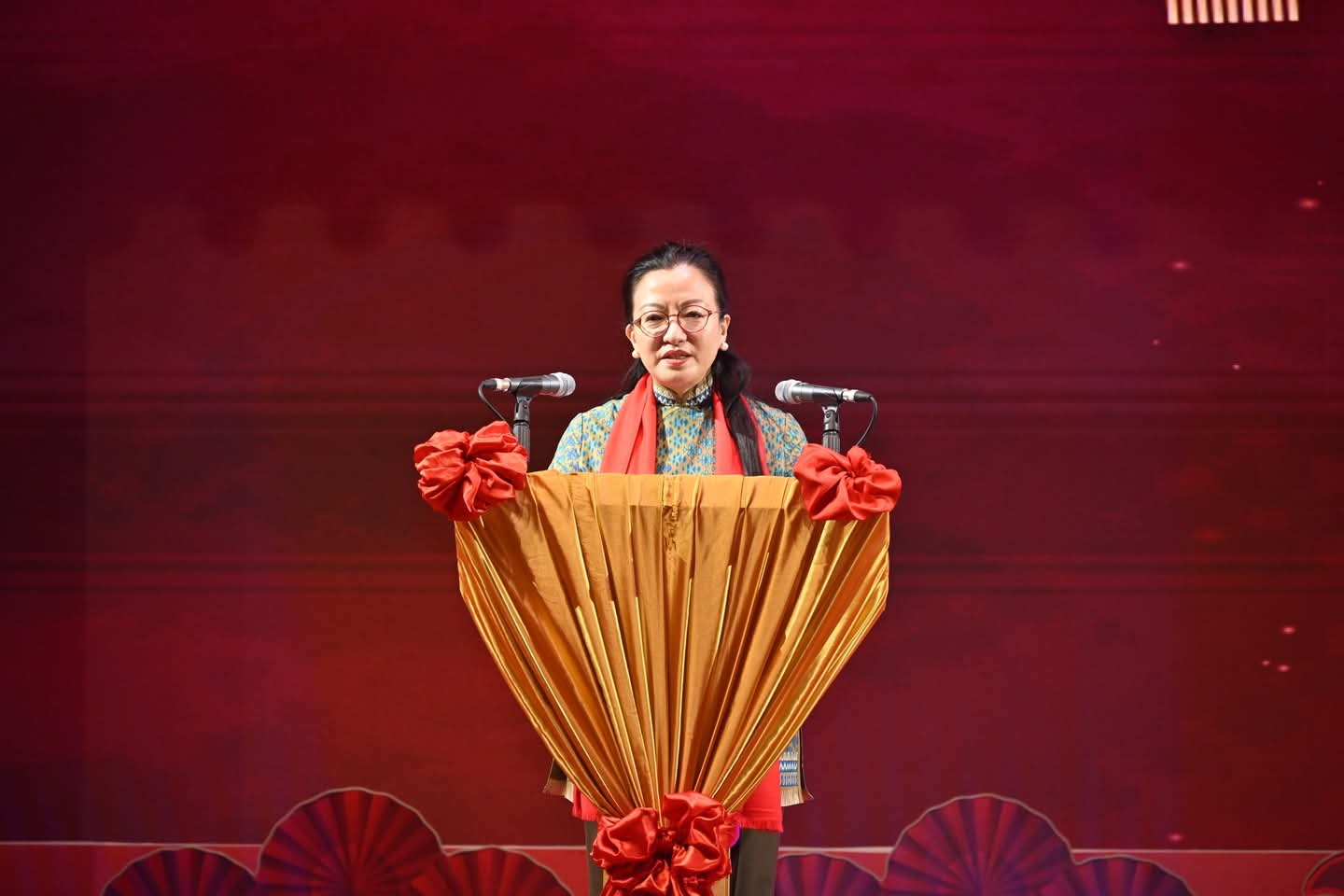
5G technology represents a significant evolution in mobile network architecture, designed to meet the increasing demand for high-speed internet, low latency, and enhanced connectivity across a diverse range of devices.
This architecture is characterized by its service-based approach, which allows for greater flexibility and scalability compared to previous generations.









Key Components of 5G Architecture
User Equipment (UE):
This includes devices such as smartphones, tablets, laptops, and IoT devices that connect to the network.
Radio Access Network (RAN):
The RAN connects user devices to the core network. It utilizes advanced technologies to support a wide array of applications and services, ensuring efficient data transmission.
Core Network:
The 5G core network is built on a Next Generation Core (NG-Core) model, which integrates control, user, and transport planes. This architecture is heavily influenced by Service-Based Architecture (SBA) principles, allowing for web-based technologies and improved security. The core network is designed to be cloud-native and virtualized, enabling it to adapt to varying demands and support a multitude of services.
Advanced Features of 5G Architecture
Dynamic and Flexible Framework:
5G architecture promotes a dynamic and coherent framework that can support various applications, from enhanced mobile broadband to ultra-reliable low-latency communications.
Service-Based Architecture:
The SBA model allows different network functions to communicate through standardized APIs, enhancing interoperability and efficiency. This model is a departure from traditional architectures, which were more rigid and less adaptable.
Edge Computing:
5G networks are designed to move data processing closer to the end-users, which reduces latency and improves the overall user experience. This is particularly beneficial for applications requiring real-time data processing.
Conclusion
The advanced network architecture of 5G technology is a transformative step in mobile communications, enabling a wide range of applications and services that were not feasible with previous generations. Its service-based, cloud-native design allows for greater flexibility, scalability, and efficiency, positioning it as a cornerstone for future technological advancements.


Leave a Reply